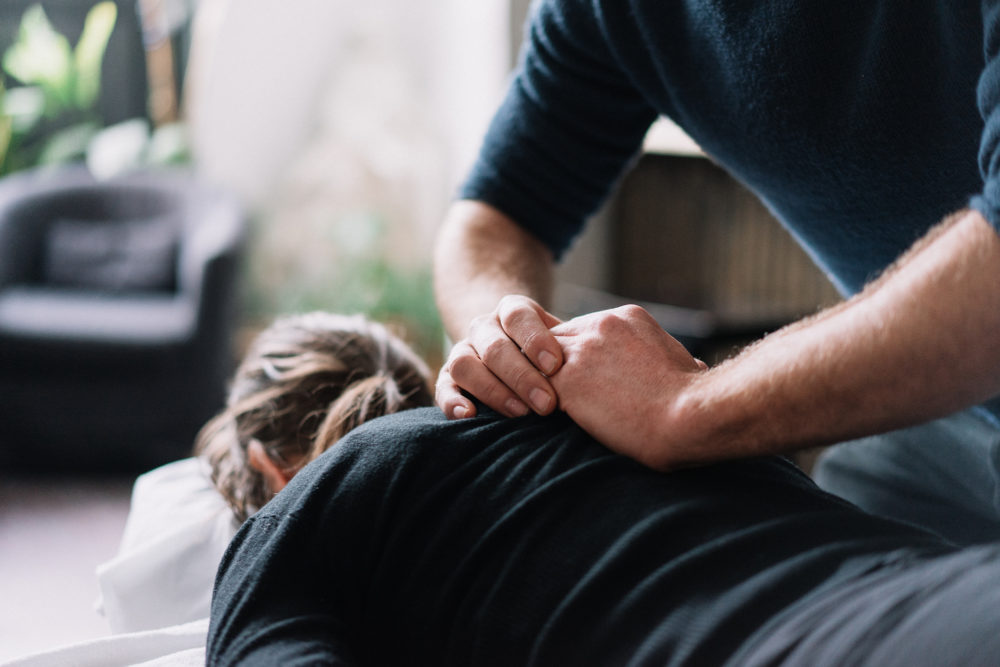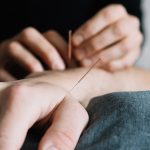
How is Tuina practiced at the Center?
by Ethan Murchie
In our school, we usually talk about tuina, and by this we mean our bodywork method. Truth be told, our method is the result of the teaching of Master Hsu Hongchi and his student, our teacher, Vince Black. We draw from experience in tuina, thai massage, craniosacral therapy and osteopathy as well as xingyiquan, baguazhang and qigong, not to mention acupuncture and herbal therapies. It is not a question of simple massage.
Usually I have found the easiest way to explain our tuina to someone is to say it is very similar to traditional osteopathy. In a way that echoes the instructions of osteopathy’s founder Andrew Taylor Still, we believe good tuina should be based on solid understanding of anatomy and physiology and when applied should be direct and uncomplicated. The only difference is that in addition to standard anatomy and physiology, a tuina practitioner also works with the anatomy and physiology of qi and blood in the jingluo channels, the zangfu organs and other guiding principles of chinese medicine.
Within the framework of these chinese medical theories, the tuina practitioners goal is simply to help the clients body to be straight and free of obstruction or counterflow. If everything is straight and moves in the proper circulations we are healthy, injuries heal, illnesses depart and our lives are calm and balanced.
Our teachers have placed emphasis on avoiding “chinese busy-work” by which they mean doing a lot of different movements and manipulations with out a clear goal in mind for each one. Because of this, our treatments often look much softer, calmer and gentler then what many people expect from a chinese tuina treatment.
Connecting to the patients qi and being guided in treatment by the signs from the patients body are the most important skills. As Master Hsu said, “The qi dosen’t lie.”
However another emphasis in our thinking is the proper blending of yin and yang. By this we mean that when gentle stimulation can get the job done we are gentle, when stronger stimulation is needed we can work more strongly. We want to address both the qi and the blood. Old and young, big and small, weak and strong. Good tuina treatment is based on what the client needs and should be adjusted with each person and in each session accordingly.
Our tuina method uses all of the available tools of chinese medicine so in addition to manual manipulations we also use cupping, moxabustion and external herbs in the form of soaks and plasters.
Taken together, this means when we say tuina we mean a complete form of therapy that is far more than a massage and, in capable hands, can address a wide variety of common health concerns and can thus be thought of as an effective form of frontline primary health care.
***
Next dates for our Tuina – Foundation seminar:
See all the details here.

